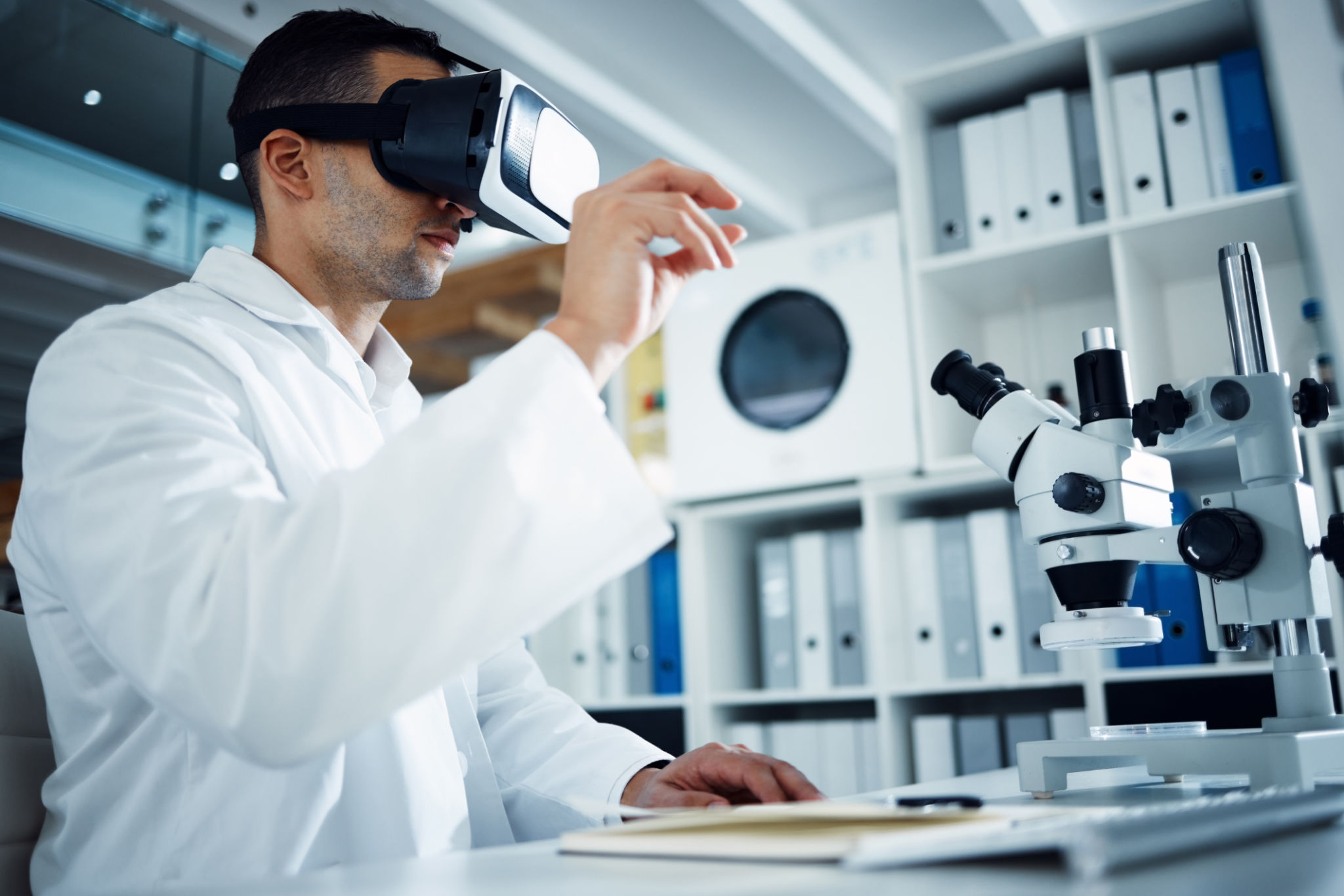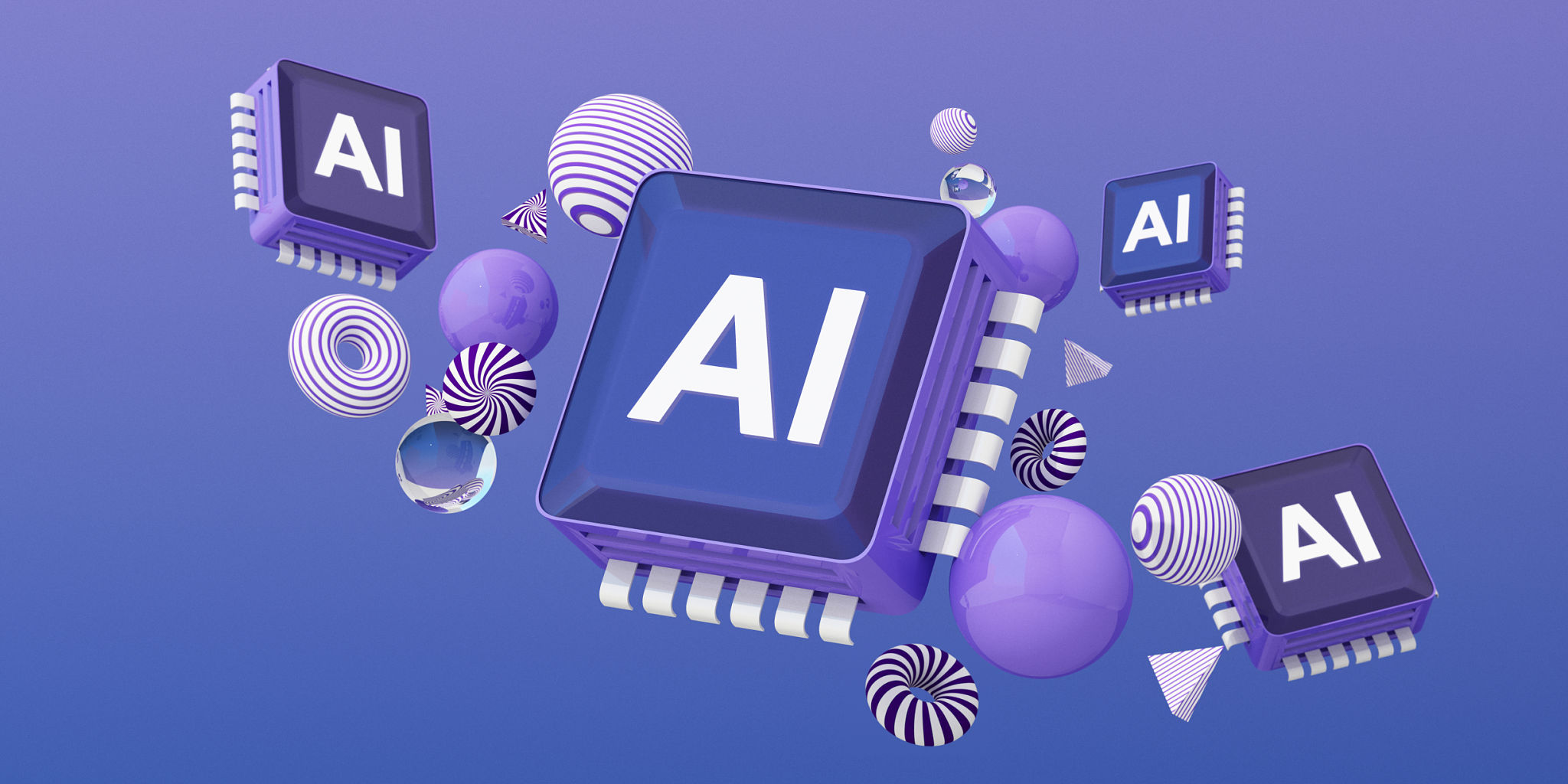The Impact of Technology on Medical Education
Revolutionizing Medical Learning
The integration of technology into medical education has dramatically transformed how aspiring doctors are trained. From virtual reality simulations to online learning platforms, technology is reshaping the educational landscape. These innovations are not only enhancing the learning experience but also preparing students for a rapidly evolving healthcare environment.

One of the most significant impacts of technology is the ability to provide students with access to a wealth of information at their fingertips. Online databases, journals, and e-books have made it easier for students to stay updated with the latest medical research and advancements. This accessibility ensures that future doctors are well-informed and ready to tackle new challenges.
Interactive Learning Tools
Today, medical students benefit from highly interactive learning tools that offer a more engaging educational experience. Technologies like virtual reality (VR) and augmented reality (AR) allow students to simulate real-life medical scenarios. These tools provide hands-on practice in a safe, controlled environment, which is crucial for building confidence and competence.
Additionally, 3D modeling software enables students to explore human anatomy in great detail. This interactive approach helps in better understanding complex structures and functions, leading to improved retention and recall. This shift from traditional methods to digital tools is helping students achieve a deeper comprehension of medical concepts.

Online Collaboration and Networking
Technology has also opened new avenues for collaboration and networking among medical students and professionals. Online forums and social media platforms allow students to connect with peers and experts worldwide. These interactions foster a sense of community and encourage knowledge sharing, making it easier for students to learn from diverse perspectives.
Moreover, many institutions offer webinars and online workshops, providing students with opportunities to learn from leading experts without geographical constraints. This global connectivity enhances educational experiences and broadens students' horizons.
Personalized Learning Experiences
Another noteworthy impact of technology on medical education is the ability to tailor learning experiences to individual needs. Adaptive learning platforms use data analytics to assess students' strengths and weaknesses, offering customized content that addresses specific areas for improvement. This personalized approach ensures that students receive the support they need to excel.

Such platforms also allow students to learn at their own pace, providing flexibility that traditional classroom settings may not offer. This flexibility is particularly beneficial for students balancing education with other commitments.
Challenges and Considerations
While technology offers numerous benefits, it also presents challenges that need to be addressed. Ensuring equal access to technological resources is crucial to avoid widening the gap between students of different socioeconomic backgrounds. Institutions must strive to provide necessary tools and support to all students.
Additionally, educators need to continuously update their skills to effectively integrate technology into their teaching methods. Ongoing training and professional development are essential to keep pace with technological advancements and maximize their potential benefits.
In conclusion, technology is playing a pivotal role in shaping the future of medical education. By embracing these innovations, medical schools can provide more effective, engaging, and accessible learning experiences, ultimately leading to a better-prepared healthcare workforce.
